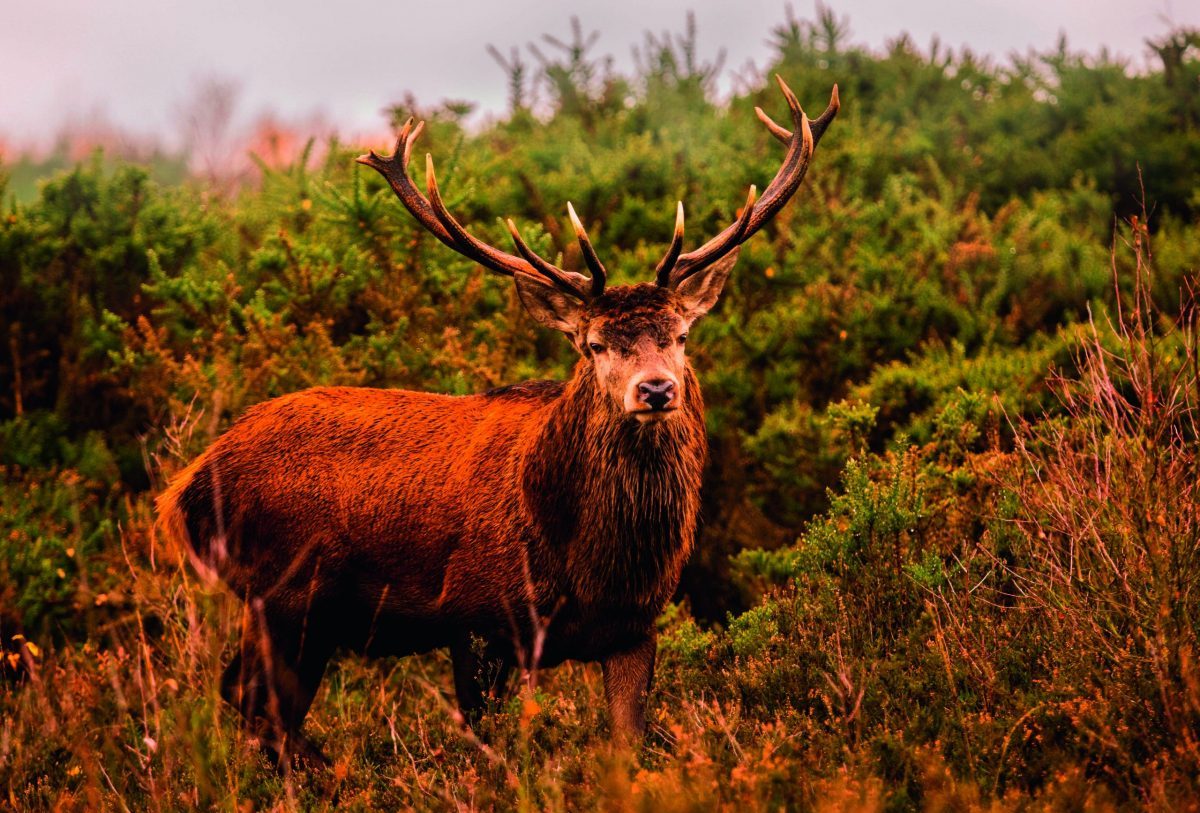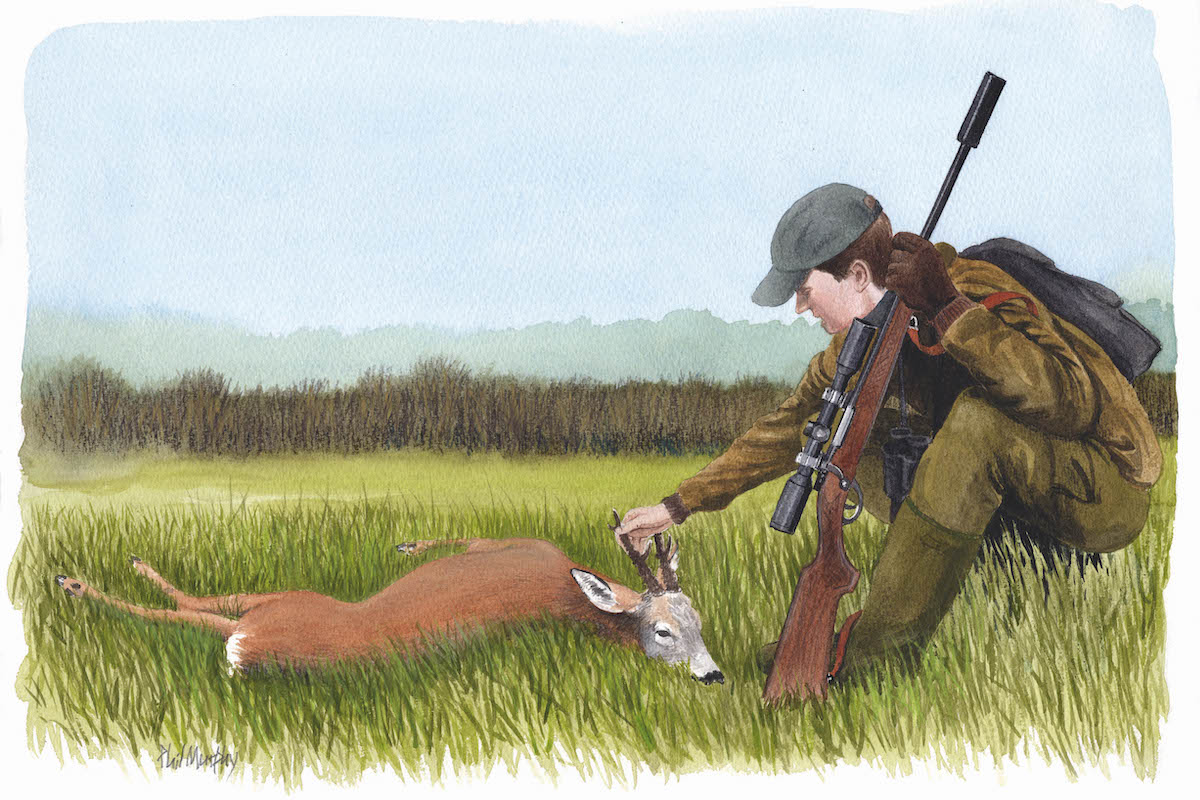Why young stags should be left as long as possible
It’s good practice for deer managers to leave young stags for as long as possible, but some landowners have a zero-tolerance outlook

Studies and anecdotal evidence have shown that a deer can wander a good distance from home
November has been a busy month, with plenty of outings for paying clients as well as being out on my own culls in the more difficult places. I’ve also been measuring heads for the CIC and I’ve had a number of red stags through to be evaluated. It’s always interesting to see what others have shot and, in most cases, it’s nice to see stags with good age being brought along for scoring.
News filtered through from the CIC that the largest muntjac recorded had been taken in Hampshire with a score of 81.88, passing the previous long-standing record of 79.9. If you are interested in having a look at the head, you can find the details on the CIC UK Trophy Evaluation Board website (cicukteb.com) or on social media.
Wandering deer
Social media platforms such as Facebook have their positives and negatives, but recently — following a post of a red stag we had taken on the estate — I was pleased when a friend contacted me to say he had found a cast antler from the stag we had shot. Over the years, some stags become resident on the estate, some wander off, and some come in from other areas for the rut. The stag we shot was of the latter category. I don’t recall seeing him on the estate in the past but he is clearly of good age. The individual in question has very distinct antler tops, which was how the cast antler could be guaranteed as a positive match.
The cast was found some six-and-a-half miles away from the estate as the crow flies. It doesn’t seem too far, but the stag’s exact route of passage and the time it took to get here to Euston remain a mystery, it’s still impressive in today’s modern landscape with the various roads, villages and other stalkers it would have needed
to avoid.
In the past, we have tagged several red deer to try to find out how they move throughout the area. A few hinds turned up interesting results, going some 20 miles away from the estate in all directions. But the stags were always the more elusive in terms of data — either people didn’t report them when they were shot or they drifted away, not to be seen again.
In my last Stalking Diary (16 November)I commented on how deerstalkers and managers should be as sympathetic as possible when culling deer, particularly to the stags. This highlights the need for all parties in an area to do the right thing and leave younger stags for as long as possible; not just for the benefit of deer returning to Euston, but also for deer that may return or move through other stalkers’ ground.
Having read last month’s diary piece, a fellow East Anglian deer manager gave me a call. He told me he wanted to leave some stags, but some of his landowners had a zero-tolerance approach to deer on their land, often because they were feeding and damaging crops on small acreage areas. This dilemma is facing more and more deer managers who want to do the right thing. It’s difficult, and with the financial implications of the UK’s version of megafauna on your ground, it’s understandable that landowners want the deer shot.
I guess all a stalker can do is try to explain to the landowner the intricacies of ranging individuals in the hope they will become more accepting. If they don’t, I guess that’s up to them; it is their land








